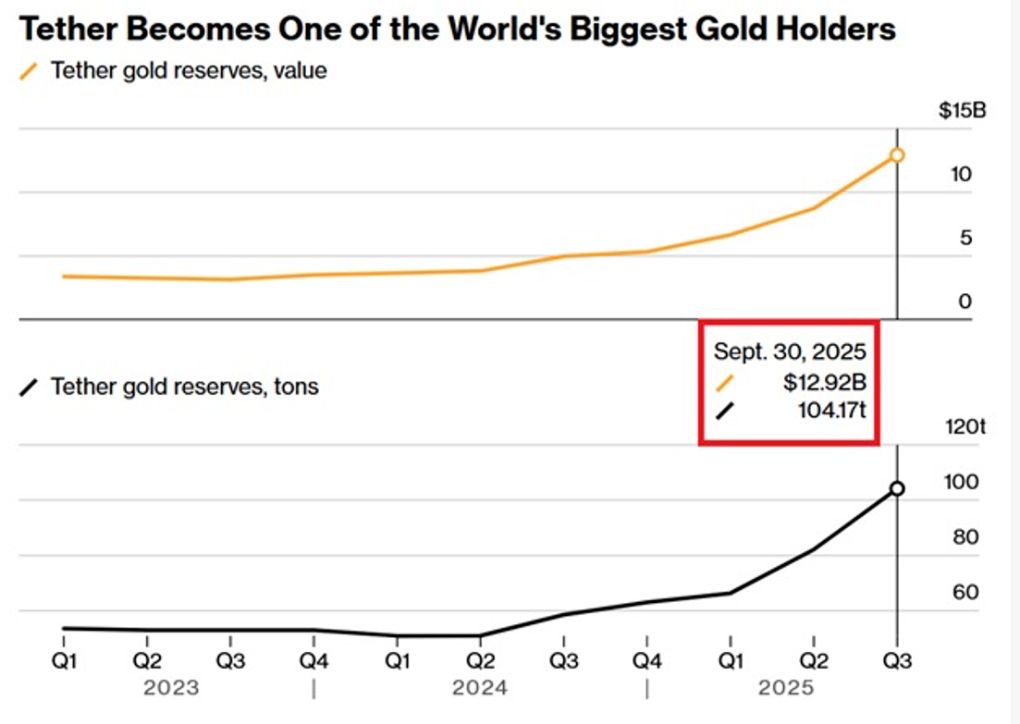Baselight and Walrus: Pioneering the Permissionless Data Economy
- Baselight and Walrus are building a decentralized data economy by combining blockchain and AI infrastructure. - Walrus’s Sui-based storage and Baselight’s structured data platform enable monetizable, privacy-preserving data access and AI training. - Their institutional backing and growing user traction signal a strategic shift in data infrastructure, with Walrus’s tokenomics and Sui’s growth offering long-term value.
The next frontier in technology isn't just AI or blockchain—it's the fusion of both, powered by decentralized data infrastructure. At the heart of this revolution are two projects: Baselight and Walrus. Together, they're building the rails for a permissionless data economy, where structured data becomes a programmable, monetizable asset. For investors, this isn't just a niche play—it's a foundational shift in how data is stored, shared, and leveraged across industries.
The Data Bottleneck and the Decentralized Solution
Traditional data infrastructure is a mess. Enterprises and developers are drowning in fragmented datasets, siloed systems, and exorbitant costs for storage and access. Enter Baselight, a platform designed to unify structured data discovery, analytics, and insights. With over 120 billion rows, 281,000 tables, and 51,000 datasets spanning finance, AI, and research, Baselight is already a powerhouse. Its native SQL engine and AI agent integration let users transform raw data into actionable intelligence—without the cleanup.
But data is only as valuable as its accessibility. That's where Walrus steps in. Built on the Sui blockchain by Mysten Labs, Walrus offers high-performance, low-latency storage optimized for both large files and the small datasets critical to AI pipelines. Its Quilt batching system slashes costs by efficiently managing small files, a pain point for AI training and analytics. By integrating Walrus, Baselight turns stored data into queryable, monetizable assets—think token-gated queries, time-locked permissions, or DAO-controlled licensing. This isn't just storage; it's a dynamic, trustless data marketplace.
Why This Partnership Matters
The Baselight-Walrus collaboration is more than a technical win—it's a strategic one. Walrus has already raised $140 million from heavyweights like Standard Crypto, a16z, and Franklin Templeton, signaling institutional confidence in its vision. Meanwhile, Baselight's partnerships with Akave, Probelab, and Portals.fi show it's gaining traction in DeFi and blockchain analytics. Even if Baselight's funding history is murky (some reports label it “unfunded,” while others cite top-tier VCs like Haun Ventures), its user base—over 31,000 waitlisted signups—speaks volumes.
The real kicker? This ecosystem is future-proofing for AI. As generative AI and machine learning demand more data, decentralized infrastructure like Walrus and Baselight will become critical. Unlike centralized cloud providers, these platforms offer privacy-preserving AI training, edge computing, and decentralized governance. For example, Walrus's integration with FLock.io and Nami Cloud enables AI developers to train models using decentralized GPUs and storage, reducing reliance on Big Tech.
Market Dynamics and Investment Signals
Let's get technical. Walrus's token (WAL) is central to its tokenomics, incentivizing network participation and governance. As of Q1 2025, WAL traded above $0.500, with a 20-day EMA turning bullish and strong volume spikes indicating growing on-chain activity. The Sui blockchain itself is surging, processing over 2.7 billion transactions in H1 2025. This ecosystem growth directly benefits Walrus, which is positioned as Sui's go-to storage layer.
For Baselight, the numbers are less clear but promising. While its valuation isn't disclosed, its partnerships and user traction suggest a high-growth trajectory. The financial blockchain market is projected to grow from $2.1 billion in 2023 to $49.2 billion by 2030, and Baselight is squarely in the sweet spot of DeFi-TradFi integration.
Risks and Rewards
No investment is without risk. Decentralized data infrastructure is still nascent, and regulatory uncertainty looms. Both projects face competition from Filecoin, Arweave, and Storj. However, Walrus's Sui-based architecture and Quilt system give it a performance edge, while Baselight's focus on structured data and AI use cases differentiates it from generic storage platforms.
For the bold, this is a long-term play. Walrus's tokenomics and institutional backing make it a safer bet, while Baselight's ecosystem growth could deliver outsized returns if it scales. Investors should monitor key metrics: Walrus's storage adoption, Sui's transaction volume, and Baselight's dataset growth.
Conclusion: Buy the Vision
The data economy is going decentralized, and Baselight and Walrus are leading the charge. For investors, this isn't just about betting on a token—it's about capturing the infrastructure that will power AI and Web3 for years to come. Walrus's robust funding and technical edge make it a core holding, while Baselight's ecosystem potential offers high-risk, high-reward upside.
In a world where data is the new oil, these projects are the drillers. Time to get in before the well runs dry.
Disclaimer: The content of this article solely reflects the author's opinion and does not represent the platform in any capacity. This article is not intended to serve as a reference for making investment decisions.
You may also like
Coinpedia Digest: This Week’s Crypto News Highlights | 29th November, 2025
QNT Price Breaks Falling Wedge: Can the Bullish Structure Push Toward $150?

Digital dollar hoards gold, Tether's vault is astonishing!

The Crypto Bloodbath Stalls: Is a Bottom In?
